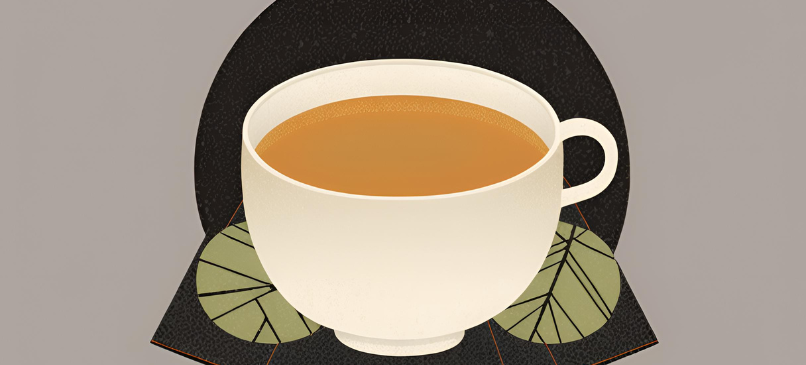

Comments are closed
This website uses cookies to improve your experience.
By using this website you agree to our Privacy Policy.
By using this website you agree to our Privacy Policy.
Ok, I am ready

Nestled within the picturesque Wuyi Mountains of Fujian Province, Wuyi Rock Tea, or “Yancha,” stands as a testament to China’s rich tea culture and heritage. This exquisite variety of oolong tea, renowned for its unique flavor profile and complex production process, is often referred to as the pinnacle of Wuyi tea craftsmanship. Join us as we delve into the world of Wuyi Rock Tea, exploring its origins, production, and the unique qualities that make it a prized possession among tea connoisseurs.
Wuyi Rock Tea belongs to the Oolong tea category, which is semi-fermented. To understand Wuyi Rock Tea, we must first discuss Wuyi Mountain. Wuyi Mountain is a UNESCO World Natural and Cultural Heritage site located in the northeastern part of Fujian Province, renowned for its scenic beauty. The mountains and valleys interconnect, with the Jiuqu Stream winding through. The climate is mild, with warm winters and cool summers, and ample rainfall. The uniqueness of Wuyi lies not only in its picturesque landscapes but also in its unique tea production. The cliffs and deep valleys of Wuyi Mountain provide ideal conditions for tea cultivation. The tea gardens are built using the rocky terrain, utilizing rock crevices and edges to create “potted” tea gardens. The saying, “Each rock has its tea, without rocks there is no tea”, underscores the intimate relationship between Wuyi Rock Tea and its rocky terroir, giving Wuyi Rock Tea its name. This unique geographical feature imparts a mineral-rich flavor to the tea, often described as “rock charm” or “yan yun.”
Producing Wuyi Rock Tea is a meticulous process that combines traditional techniques with a deep respect for nature. The key steps include:
Harvesting: Carefully picking the leaves at the right time to ensure optimal quality.
Withering: Allowing the leaves to wilt, reducing moisture content.
Shaking: This step bruises the leaves, promoting oxidation and developing the tea’s unique aroma and flavor.
Fixation: Halting the oxidation process by applying heat, typically through pan-frying.
Rolling: Shaping the leaves to enhance their appearance and release essential oils.
Baking: Gradually drying the leaves to lock in flavors, often done over charcoal to add a subtle smokiness.
Each step is crucial in developing the tea’s characteristic “rock charm” and ensuring the highest quality.
Brewing Wuyi Rock Tea is an art in itself, often best appreciated through the traditional Gongfu tea ceremony. This method involves using small teapots and cups to concentrate the tea’s flavors and aromas, allowing for multiple infusions that reveal different nuances with each brew.
Brewing Method:
Use about 6 grams of tea for a 105 ml teapot.
Use freshly boiled water, ideally around 95-100°C.
Rinse the leaves briefly before the first infusion.
Infuse for 20-40 seconds for the first three brews, then gradually increase the time.
The resulting tea should be savored slowly, appreciating the evolving bouquet of flavors and aromas with each cup.
Wuyi Rock Tea, with its storied history, intricate production process, and unparalleled flavor, offers a profound connection to China’s tea culture. Whether you are a seasoned tea enthusiast or a curious newcomer, exploring Wuyi Rock Tea provides an enriching journey into the heart of traditional Chinese tea artistry. Embrace the elegance of Wuyi Rock Tea and discover why it remains one of the most cherished treasures in the world of tea.
Observing the color: Examine the color of the tea and the shape of the tea leaves.
Smelling the fragrance: After observing, smell the aroma emitted by the tea. Good tea has a natural, pure fragrance that is refreshing and delightful, while inferior tea may have a burnt or grassy smell, even mixed with foul odors.
Tasting the flavor: After smelling the aroma, taste the tea. Initially, the tea may taste bitter or astringent, but a sweet aftertaste will follow.
Comments are closed
Wuyi UNESCO World Heritage Site
email@chamulan.com